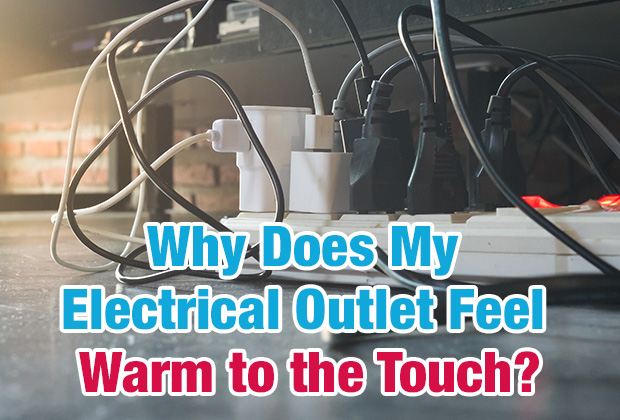Electrical power is so convenient. If you think about how electricity has had a positive effect on your life, it’s pretty amazing. Appliances such as washing machines, dishwashers, refrigerators, and microwaves and television are just a few of the amenities many of us use on a daily basis. And it’s all thanks to electricity. With modern technology, multiple devices are plugged in at the same time. In fact, we have grown so accustomed to the convenience of electrical power, we sometimes forget to do regular safety checks.
One of the most important safety checks for your home’s electrical system is determining if switches and outlets feel warm to the touch. If they do, you may have some problems. Warm outlets don’t necessarily mean there’s a potential fire hazard or impending electrical failure, but they do mean you may have something going on behind the wall that needs attention.
Warm outlets don’t necessarily mean there’s a potential fire hazard or impending electrical failure, but they do mean you may have something going on behind the wall that needs attention.
Here are some troubleshooting steps you can take before calling an electrician:
1. Pay Attention to What’s Plugged In
Things like battery chargers, cordless drills, printers, video cameras, etc. plug into the wall using transformers (wall warts) that convert power from AC to DC. If your outlet is warm or hot to the touch when you have something plugged in, first unplug it and see if it cools back to normal room temperature within a couple of hours. If it does, you know that your “wall wart” is working. If the outlet is still hot to the touch, it needs to be replaced.
2. Too Many Devices Plugged In
If there is too much demand on an outlet, it starts to feel warm because of the increase of electricity. Check to see if you have a lot of devices plugged into one outlet, or if you have a power strip overloaded with plugs. The more extension cords, outlet multipliers, extenders and power strips in your home, the greater the chance of overloading the circuit. The amount of devices plugged in should not exceed the circuit’s demand. If this appears to be the issue, try unplugging a few things and moving them to a different outlet.
3. Broken Outlet
Outlets can wear out and/or break over time. If your outlet feels warm and looks worn, cracked, broken or chipped, any of these conditions can compromise its ability to control electricity, and the outlet will need to be replaced.
4. Damaged Wiring
Loose, frayed, or damaged wiring inside an outlet or switch will generate heat and could be the cause of a warm outlet. Contact an electrician to inspect your wiring and replace any damaged wires.
5. Incorrectly Sized Fuse or Breaker
This is a big issue that typically occurs in older homes that haven’t been updated to code. Older electrical systems weren’t rated to handle the demand load of modern appliances and electronics. If your fuse or breaker was replaced with a higher rating, that means that more electricity is passing through your circuit and wiring than it was designed for. If this is the problem, your home could potentially become a fire risk. In this case, a warm circuit is a warning sign that the wiring may be operating above its rating. If your home is 50+ years old, it may be time to have your electrical system completely rewired so that it can handle the demands of modern electronics.
If you’ve done everything yourself to resolve an electrical issue and it’s still occurring, call A#1 Air Electric today to have an licensed electrician perform a thorough check of your outlets, wiring, and breakers, and correct any issues.






